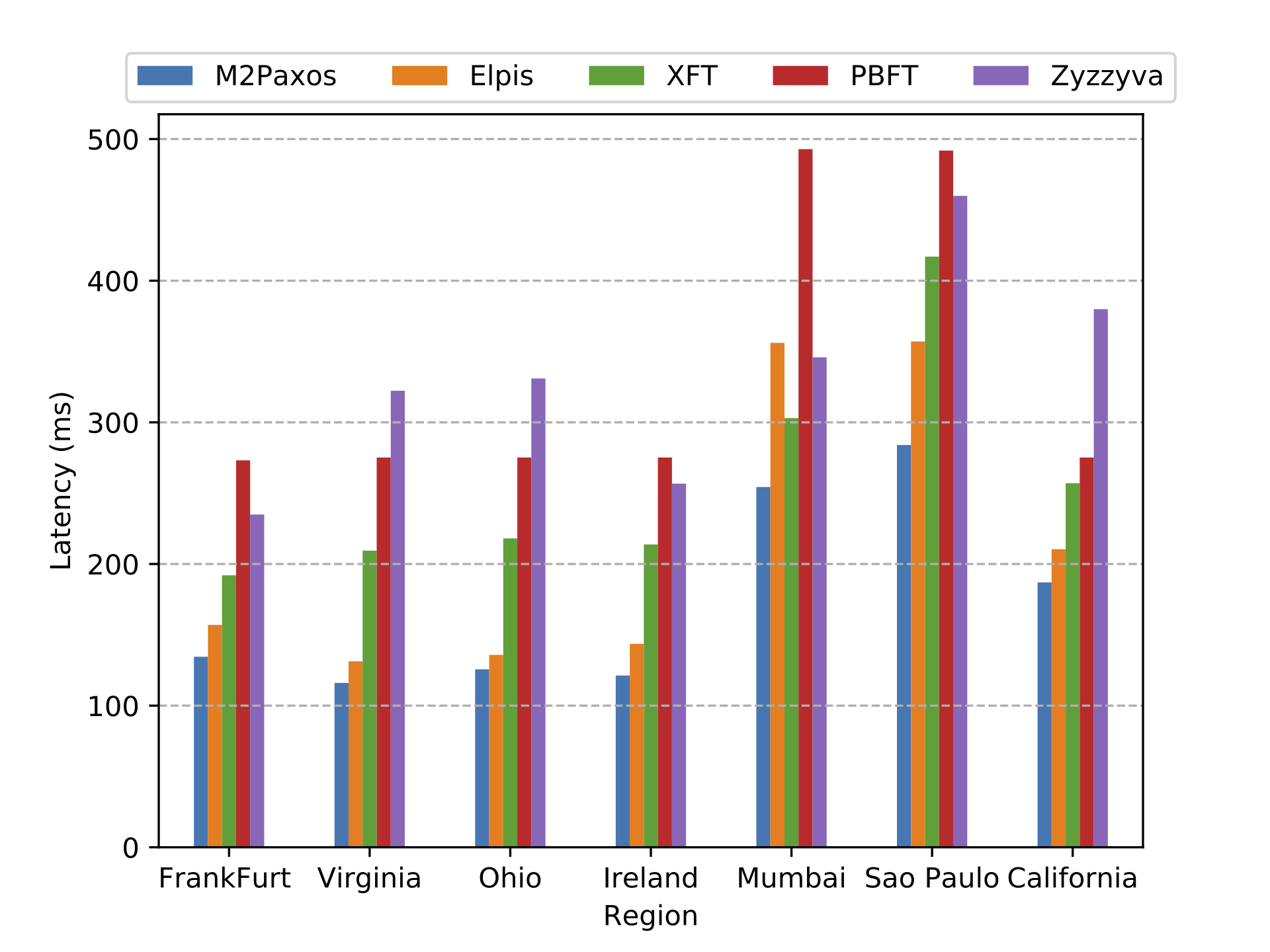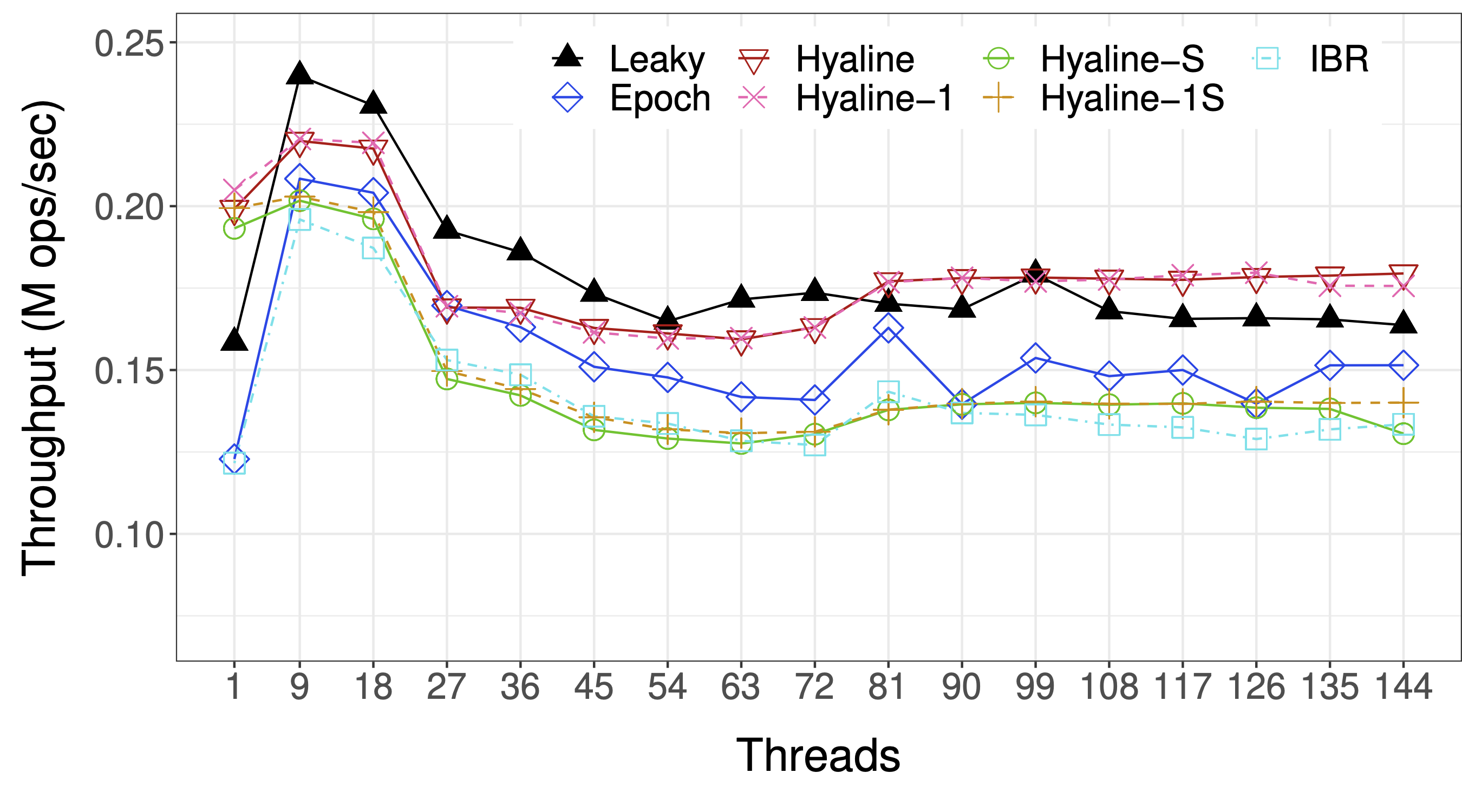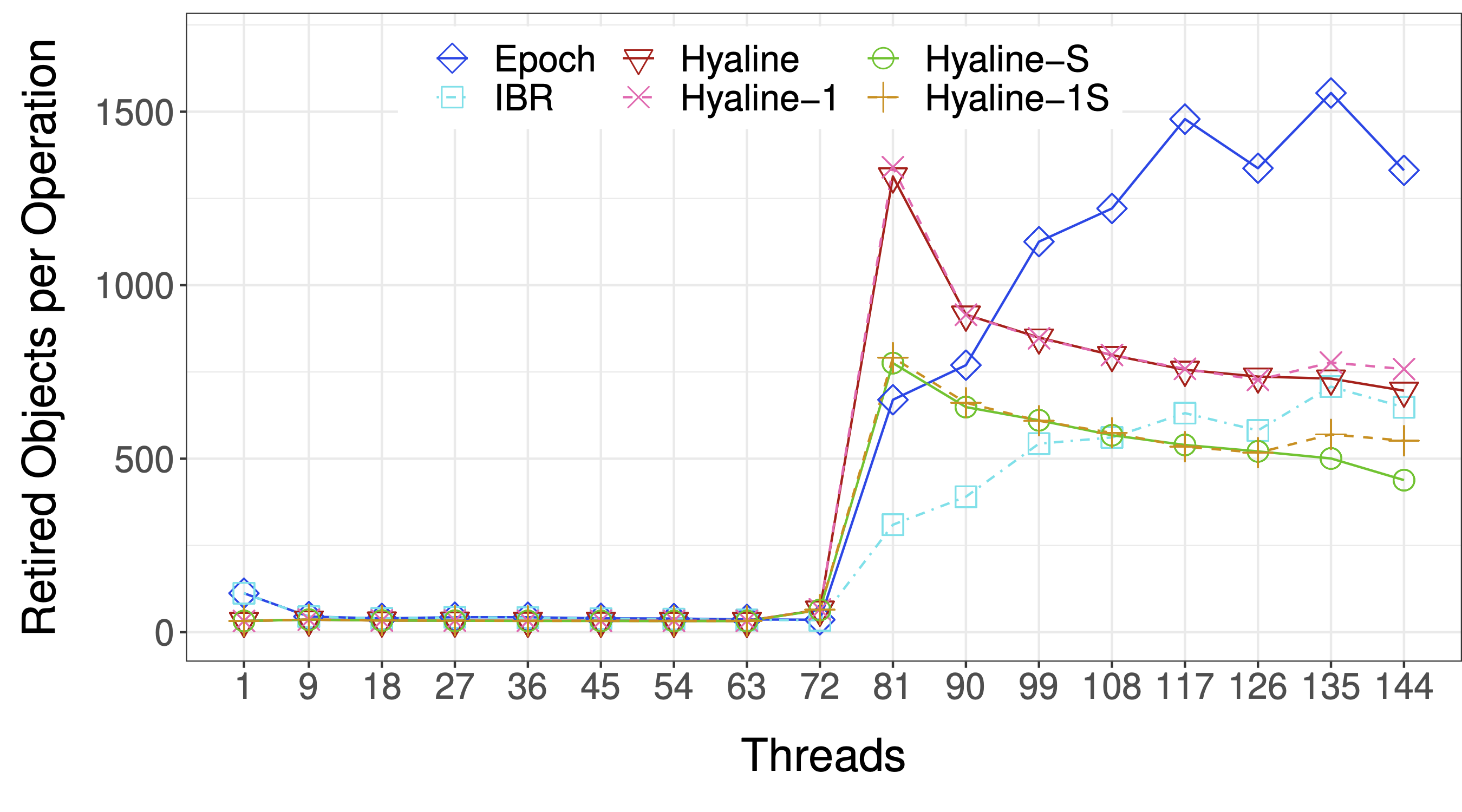The Hyflow project is developing concurrency control abstractions, protocols, and mechanisms for current and emerging multicore architectures, cluster systems, and geographically distributed systems. A particular focus is to understand what concurrency control abstractions promote high programmability for these architectures, and how to support those programming abstractions with high performance, scalability, and dependability. A closely related focus is to build open-source experimental systems that embody the techniques, as well as incorporate them into existing open-source infrastructures.
The project has developed algorithms and mechanisms for the transactional memory concurrency control abstraction, transactional and concurrent data structures, safe memory reclamation, state machine replication techniques, and scalable consensus algorithms for geographically distributed systems. A recent focus is on the Byzantine failure model - an increasingly important failure scenario for cloud infrastructures - and developing consensus algorithms with high performance and scalability for that model.

Latency of Elpis, a multi-leader Cross Fault Tolerant consensus algorithm, and its competitors including XFT, a single-leader Cross Fault-Tolerant consensus algorithm (OSDI'16) and M2Paxos, a multi-leader Crash Fault-Tolerant consensus algorithm (DSN'16), on a key-value benchmark. For details, see our MIDDLEWARE 2019 paper.


